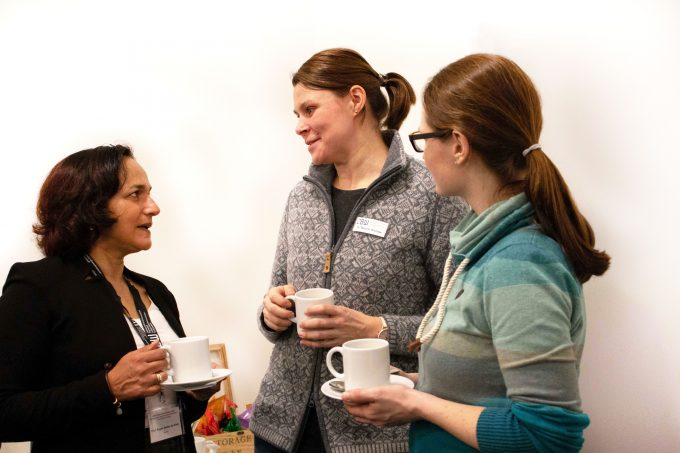
The Openness Profile of Knowledge Exchange: What can Infrastructure Providers do?
How can the scientific incentive system be reformed so that all activities and stakeholders of Open Science are visible and acknowledged? With its Openness Profile, Knowledge Exchange presents a reference model for this, in which infrastructure providers also play a role. We show you which.
by Claudia Sittner
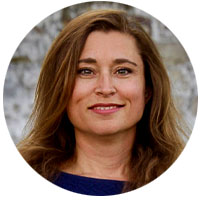
Knowledge Exchange (KE), a cooperative partnership of six national research-supporting organisations in Europe, has explored the development of an Openness Profile during an 18-month research evaluation of Open Science. In the report, instead of Open Science, the term “open scholarship” is used with a broader understanding. The final project report “Openness Profile: Modelling research evaluation for open scholarship” has recently been published. During the process, 80 people from 48 organisations at all levels of the “open scholarship ecosystem” were involved and surveyed.
In January 2020, the group already published preliminary results on the concept of the Openness Profile. In the blogpost Openness Profile Interim Report: What Libraries Could Take Away” we explored what libraries and infrastructure providers could learn from it.
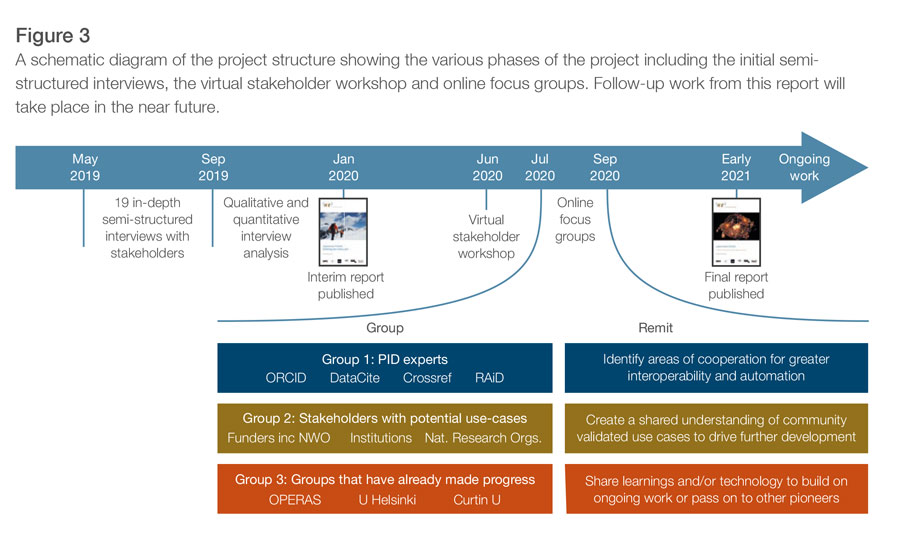
Fig 1 aus: Openness Profile: Modelling research evaluation for open scholarship, lizensiert unter der (CC BY 4.0)
We will briefly introduce the concept of the Openness Profile and take a look at which recommendations could be interesting for libraries and information infrastructures to promote open research practices and their acknowledgement, thereby supporting the Open Science community.
Why a global Openness Profile is a good idea
The concluding report ultimately concerns a well-known problem of Open Science: open activities are often invisible and unacknowledged. For researchers, therefore, they basically play hardly any role in career planning. This also applies to activities of partly non-scientific staff that are important for Open Science but are not even considered in the scientific evaluation system. Those activities include, for example, curating research data, developing infrastructures or conducting training for open practices. It also means that these kinds of qualified specialists tend to migrate from science to industry or commercial sectors, owing to lack of recognition and incentives.
Science is increasingly taking place at a global and interconnected level. A comprehensive global reform of the scientific incentive system, in which more stakeholders and open activities play a (larger) role, is required so that Open Science can ultimately gain acceptance.
Making open activities and stakeholders visible: the Openness Profile
This is where the Openness Profile comes into play. The Openness Profile is a kind of portfolio that makes activities in the field of Open Science visible, thereby increasing the awareness of the scientific community and all participants about the current lack of recognition for Open Science activities and stakeholders in the scientific evaluation system. In a first step, the Openness Profile should build upon existing persistent identifiers (PIDs), initially ORCID (Open Researcher and Contributor ID). The advantage is that many scientists already have an ORCID ID anyway.

Fig 1 aus: Openness Profile: Modelling research evaluation for open scholarship, lizensiert unter der (CC BY 4.0).
An ORCID record would then also be supplemented by the Openness Profile; and open activities and further stakeholders such as data stewards or project managers, who remain unacknowledged and therefore not remunerated for open activities in the current scientific system, can be made visible. This thereby simultaneously creates an incentive for open activities. The Openness Profile is therefore not only useful for individuals, who would need to maintain it themselves – but can also be taken up by funders who have grants to award or institutes who have vacancies to fill.
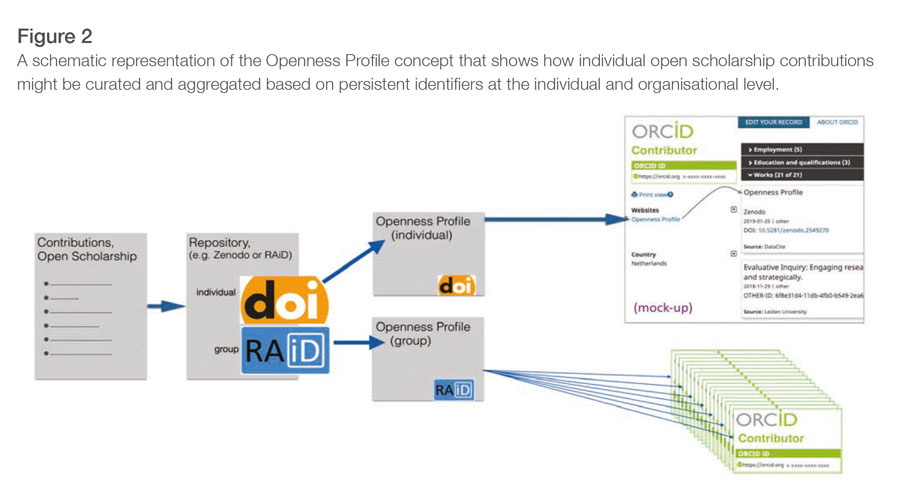
Fig 2 aus: Openness Profile: Modelling research evaluation for open scholarship, lizensiert unter der (CC BY 4.0).
Open activities can be recorded and linked in a structured way in the Openness Profile by existing identifiers such as DOI, ORG ID or Grant ID, but manual entries with URLs and descriptive text are also possible. The Openness Profile is thus intended to become the central hub for collecting and linking of Open Science activities and results.
General recommendations on realising the Openness Profile
At the end of the report, KE provides recommendations for joint activities that are required to actually implement the Openness Profile, for four different groups of stakeholders:
- Research funders,
- national research organisations,
- institutes and
- infrastructure providers.
Below we take a closer look at the general recommendations as well as those for the infrastructure providers.
The general recommendations are:
- All pull in the same direction: Diverse stakeholders are involved at all levels of the scientific system. They often pursue their own goals and interests. In order to implement the Openness Profile, it is often necessary to subordinate individual interests to the common goal. All those involved have to declare their willingness to do this. The aim is to make open projects interoperable and sustainable, leading to increased transparency, reproducibility and ultimately, a higher research quality.
- Bring all participants together (stakeholder summit): to keep an eye on the interest and experience of all involved, KE suggests a summit of all stakeholders for the purpose of productive exchange and collaboration. The term ‘all participants’ refers to, for example: science policy-makers, institute managements, technologists, providers of research information systems, researchers at all career levels and infrastructure experts.
- Establish a permanent working group: This working group (WG) should be made up of all stakeholders and deal with five topic areas:
- community governance model,
- validation of the OP reference model,
- taxonomy for contributors and contributions,
- technical facilitation of research management workflows,
- infrastructures survey and gap analysis.
The integration of persistent identifiers and the interoperability of the systems through the use of APIs is emphasised in the technical implementation. In terms of the analysis of the infrastructure landscape, KE finds that much is already in place that could support the Openness Profile. It would be a good idea if employees from libraries or other infrastructure providers became part of this permanent working group.
- Finding sponsors: To implement the Openness Profile, it is necessary to find one or more sponsors who can guarantee long-term financing and thereby the sustainability of the project. In addition to the financial support, these would have a variety of tasks such as the development of software to connect information systems using PID metadata or the coordination of training programmes for Open Science communities. This role would certainly be well suited to infrastructure providers, who could integrate persistent identifiers into their systems themselves (in-house Open Access repositories, for example) or expand and share their often already existing training programmes.
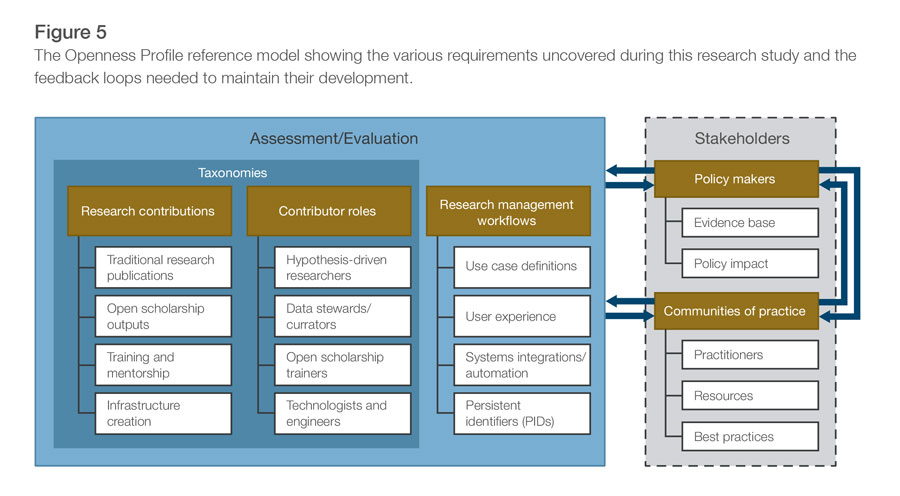
Fig 5 aus: Openness Profile: Modelling research evaluation for open scholarship, lizensiert unter der (CC BY 4.0).
Recommendations for infrastructure providers
KE sees the role of infrastructure providers in relation to the Openness Profile primarily in increasing and ensuring interoperability between research systems, which can be achieved through persistent identifiers. This would be more sustainable anyway and would lead to a further development of the Openness Profile. In the most recent JISC report on persistent identifiers (PIDs), five major players were identified: ORCID, Crossref, Datacite, ARDC (RAiD) and RoR. Libraries and infrastructure providers could therefore focus on taking care of the interoperability of their existing systems through PIDs.
Furthermore, the following recommendations are made expressly for infrastructure providers in the concluding report:
- They should assume an active role in the development of research infrastructure and corresponding workflows, while closely collaborating with other stakeholders on a national level – such as research organisations, publishers or funders.
- As the Openness Profile is integrated via ORCID, its use must be focussed more sharply. To encourage the use of ORCID records and application programming interfaces (APIs), it is recommended that they be more closely integrated into institutional research information and funding systems, and that capacities be increased where necessary
- Another recommendation is to review governance structures to ensure that they are genuinely primarily responsive to community needs and not to individual interests

Fig 4 aus: Openness Profile: Modelling research evaluation for open scholarship, lizensiert unter der CC 4.0.
The report also proposes expanding and intensifying collaborations between national research organisations and infrastructure providers, thereby driving Open Science forward.
Conclusion: Openness Profile and libraries – will it be a match?
The Openness Profile is an ambitious project to make Open Science and all its participating stakeholders visible. A far-reaching reform of the monoculturally oriented scientific incentive system is long overdue. Whether the Openness Profile will actually be realised depends heavily on whether there are enough sponsors among the stakeholders who are willing to invest in the project – both financially and in terms of personnel.
Libraries and infrastructure providers would be important stakeholders here owing to their expertise; and their own (open) activities and contributions could also be better captured and recognised by inclusion in an Openness Profile. They should also ensure that they are represented when the stakeholders summit and send committed Open Science enthusiasts to the working group to be established in the long-term – so that their interests are represented and their comprehensive know-how can be used. On a practical level, they can already ensure the integration of persistent identifiers in their systems, thereby making them interoperable and sustainable.
You may also be interested in:
- Concluding report of Knowledge Exchange: Openness Profile – Modelling research evaluation for open scholarship
- Openness Profile Interim Report: What Libraries Could Take Away
- Interim report “Openness Profile: Defining the Concepts”
- Knowledge Exchange Openness Profile
- What is ORCID?
This text has been translated from German.
Claudia Sittner studied journalism and languages in Hamburg and London. She was a long time lecturer at the ZBW publication Wirtschaftsdienst – a journal for economic policy, and is now the managing editor of the blog ZBW MediaTalk. She is also a freelance travel blogger (German), speaker and author. She can also be found on LinkedIn, Twitter and Xing.
Portrait: Claudia Sittner©
View Comments

Third-Party Material in Open Access Monographs: How Far-Reaching is the Creative Commons Licence Really?
The progress of the Open Access movement does not stop for monographs, meaning that...


